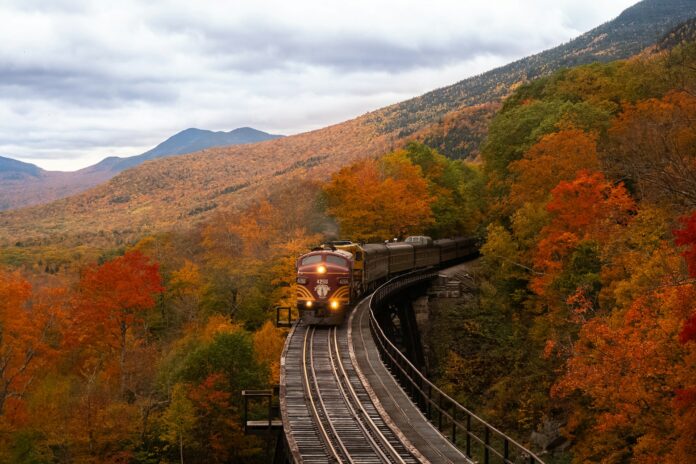A helicopter’s blades slice through crisp mountain air as it ascends above jagged peaks dusted with pristine snow. Below, not a single track mars the powdery landscape. This is heli-skiing—the ultimate expression of alpine freedom that trades crowded resort queues for untouched wilderness.
Yet behind this seemingly ‘simple’ concept—using helicopters to access remote slopes—lies a sophisticated global industry catering to those seeking skiing’s purest form. And, let’s face it, its purest snow…
What Exactly Is Heli-Skiing?
Heli-skiing emerged in the late 1960s when Austrian guide Hans Gmoser began flying small groups into the Canadian Bugaboos, transforming what was previously accessible only through days of arduous hiking into a morning’s adventure. Today, while certainly not for novices—participants should comfortably handle black diamond runs in variable conditions—the experience has become more accessible to strong intermediate skiers with proper guidance.
Unlike resort skiing where slopes are groomed and avalanche-controlled, heli-skiing operates in the raw backcountry, requiring specialised equipment, knowledgeable guides, and respect for mountain safety protocols. The reward is skiing that bears little resemblance to the traditional resort experience: untracked powder, runs that can stretch for thousands of vertical metres, and a profound immersion in white wilderness.
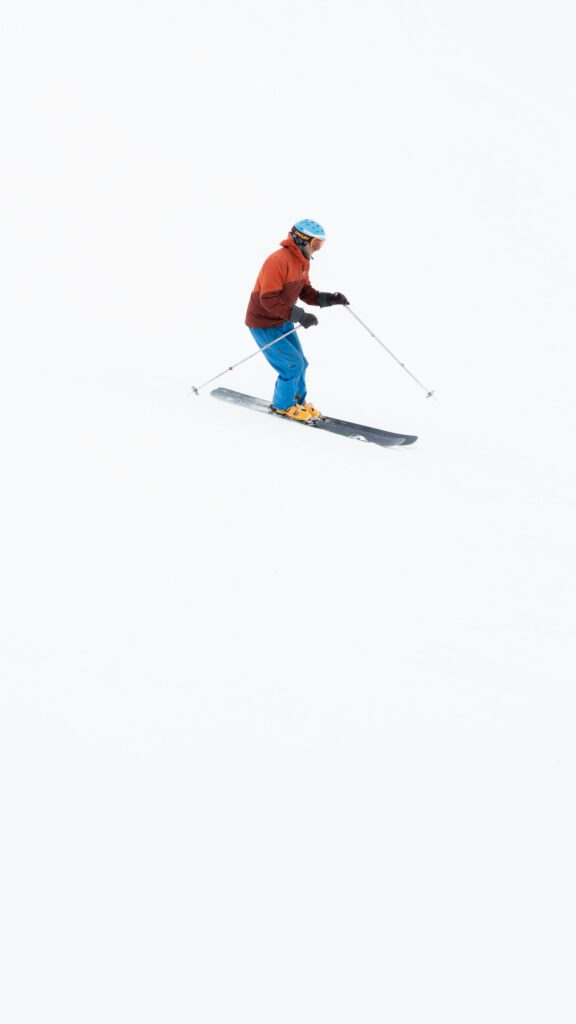
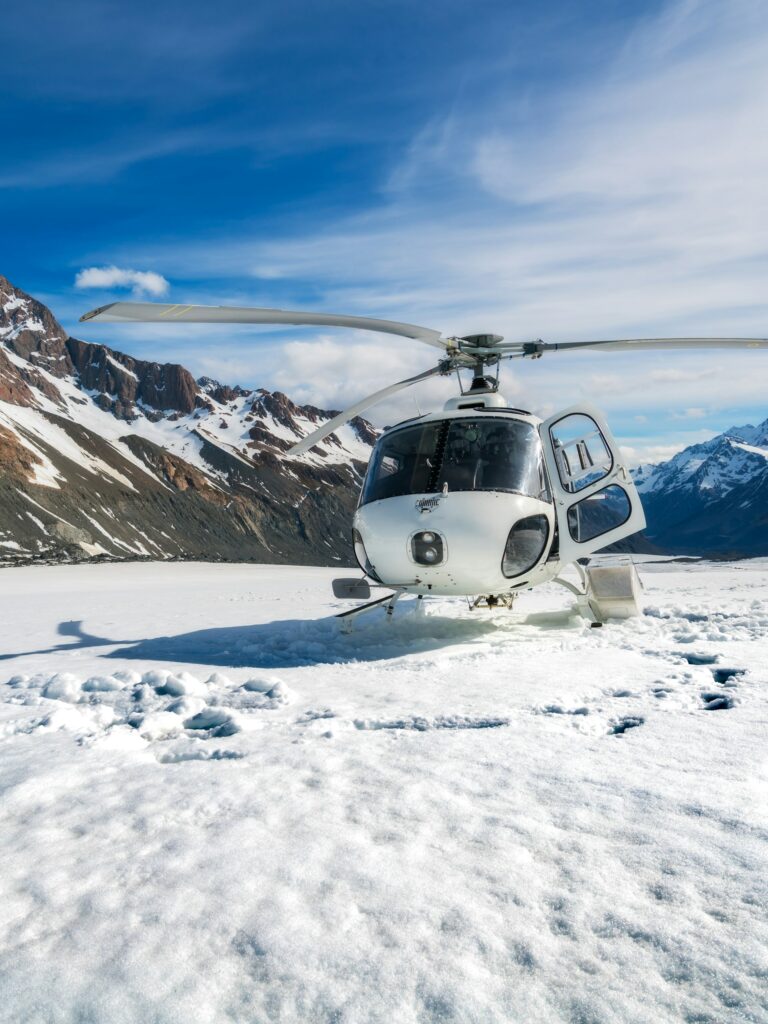
British Columbia: The Original Heli Haven
The mountainous province that pioneered the sport remains its undisputed capital. Serious powder enthusiasts have long recognised British Columbia for heli skiing excellence above all other destinations. The region offers the perfect combination of reliable snowfall, varied terrain, and operational expertise built over decades.
The Coast Mountains receive staggering snowfall totals—often exceeding 15 metres annually—creating an incredibly consistent powder experience. The interior ranges, including the Selkirks, Monashees, and Purcells, typically receive slightly less precipitation but feature lighter, drier snow and more reliable weather windows.
What makes British Columbia particularly compelling is its terrain diversity. A typical week might include skiing through old-growth cedar forests, across vast alpine bowls, and down glacial corridors—sometimes all in a single day. The province’s immense scale means operations rarely encounter each other, creating a genuine wilderness experience despite decades of established heli-skiing.
British Columbia’s proximity to the Pacific moderates temperatures, meaning skiers rarely battle the extreme cold found in more continental locations. The season typically runs from December through April, with January and February offering the deepest powder, while March brings more stable conditions and longer days.
Read: Where are the world’s best safari destinations outside of Africa?
Alaska: The Steep Specialist
When extreme skiing emerged as a recognisable discipline in the 1990s, Alaska’s Chugach Mountains became its spiritual home. The distinctive maritime snowpack adheres to slopes that would be unskiable elsewhere, allowing descents of near-vertical faces with remarkable stability.
The terrain around Valdez features countless north-facing couloirs where snow accumulates to exceptional depths, with runs often descending more than 1,500 vertical metres. Further west, the Tordrillo Mountains offer more varied aspects and generally stabler weather conditions, though slightly less dramatic pitch.
What sets Alaskan heli-skiing apart is the combination of scale and steepness. The mountains rise dramatically from near sea level, creating massive continuous descents. The area’s unique weather patterns generate a snow composition that bonds securely to steep faces, enabling confident descents of 50+ degree terrain that would slide elsewhere.
Alaska’s season runs later than most, from February through May, with April offering an ideal combination of stable spring snowpack and extended daylight. Weather delays are common—industry experts recommend booking at least seven days to ensure enough flying time and building flexibility into travel arrangements.
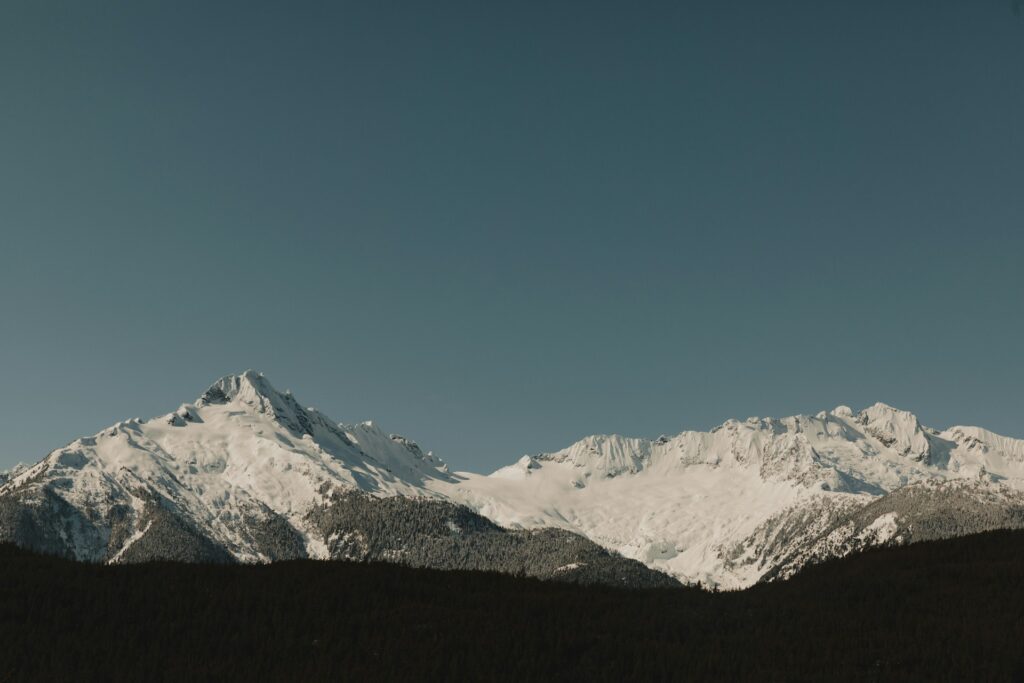
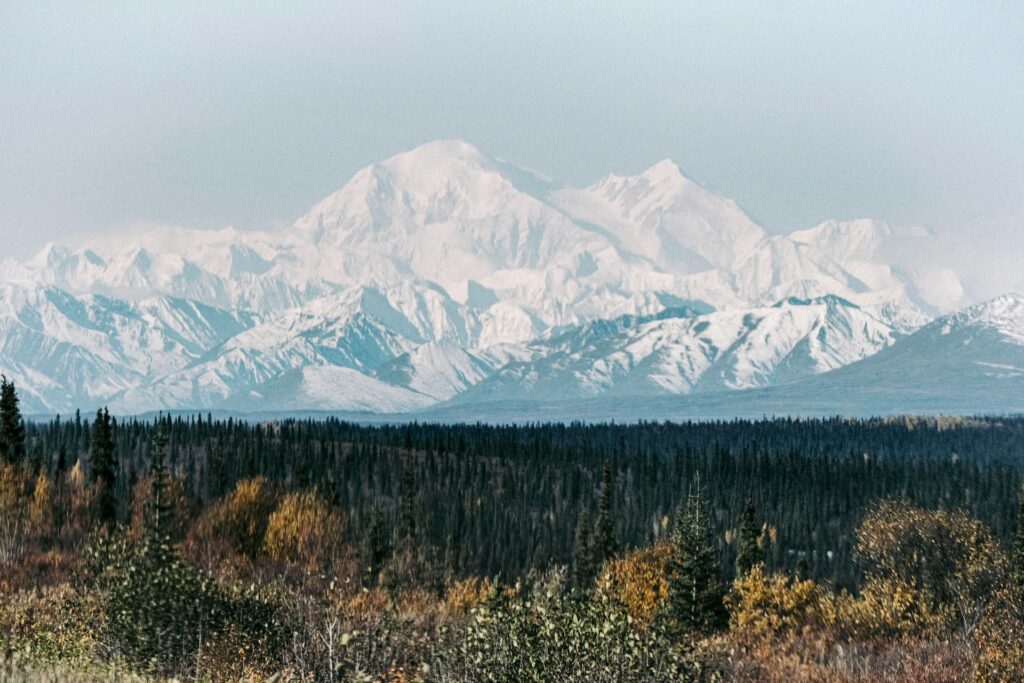
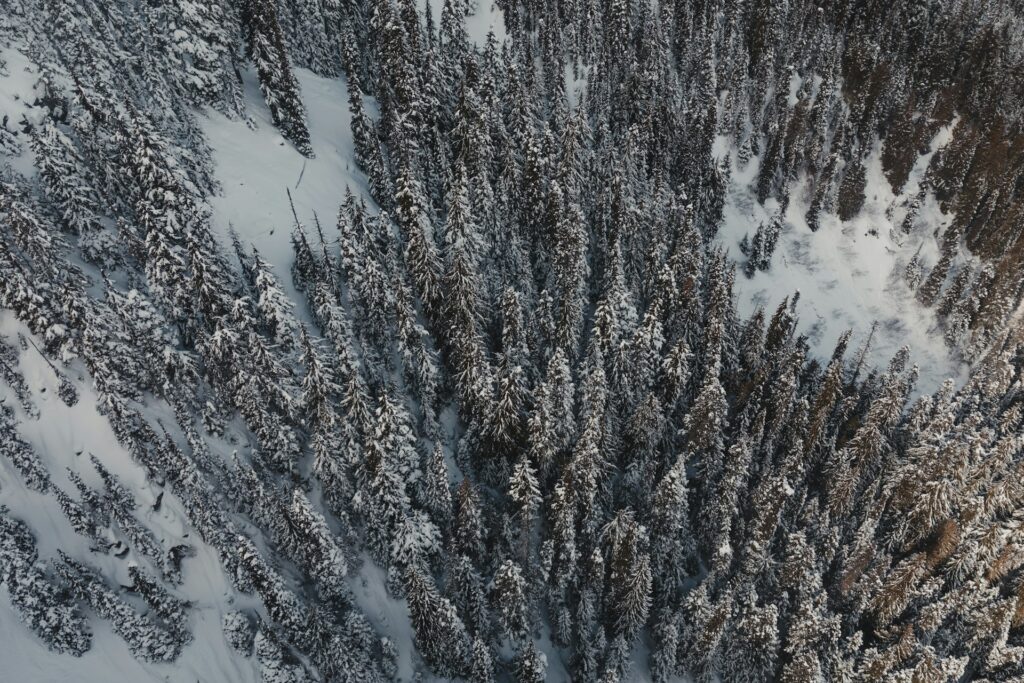
The Himalayas: High Altitude, High Adventure
The Western Himalayas, particularly in India’s Himachal Pradesh and Kashmir regions, offer skiing at oxygen-diminishing altitudes up to 5,000 metres. This unique alpine environment combines extreme elevation with the cultural richness of one of the world’s most fascinating regions.
The experience begins with necessary acclimatisation, as the elevations involved are significantly higher than most ski destinations worldwide. Once adjusted, skiers access terrain with descents sometimes exceeding 2,000 vertical metres—among the longest continuous runs in the heli-skiing world.
The snow conditions differ markedly from other destinations, with the high elevation and continental climate creating exceptionally dry powder. The mountain architecture is equally distinctive, with broad, open faces predominating rather than the tighter couloirs of Alaska or the gladed terrain of British Columbia.
The cultural dimension adds particular richness to Himalayan heli-skiing. Between descents, skiers might pass Buddhist monasteries or remote Hindu villages rarely seen by outsiders. The accommodations often incorporate regional architectural elements, and evening meals feature northern Indian cuisine that perfectly complements active days.
The season runs from January through March, with February typically offering optimal conditions. Political sensitivities occasionally affect the Kashmir region, making advance research essential through Foreign Office advisories.
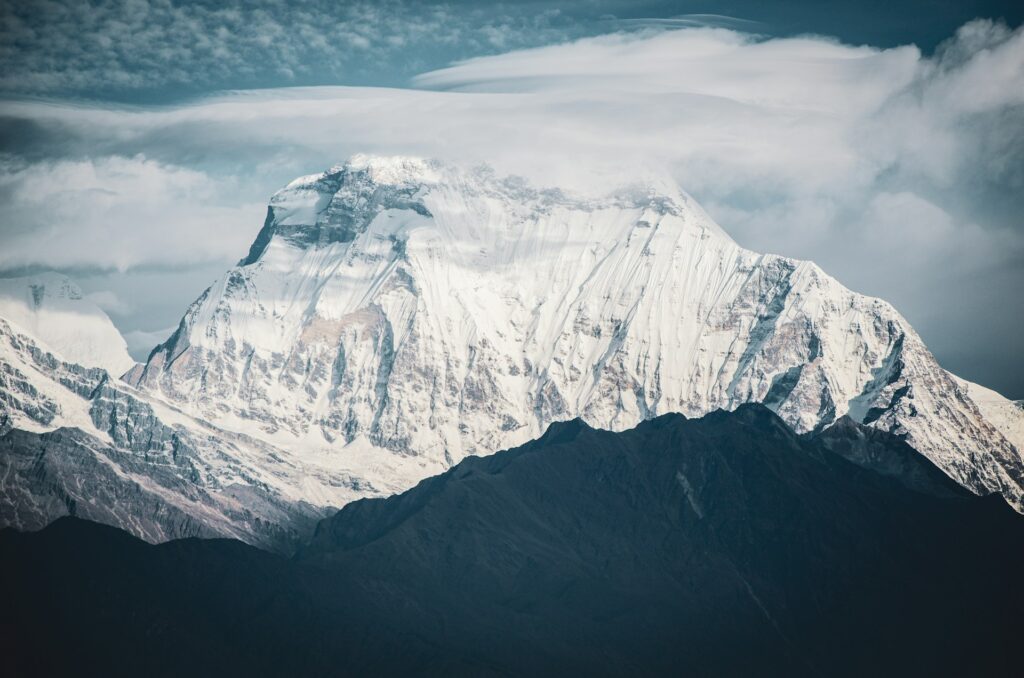
South Island, New Zealand: Southern Hemisphere Salvation
When northern mountains slumber under summer sun, New Zealand’s Southern Alps offer cold-season salvation. The terrain surrounding Queenstown and Wanaka provides access to remarkably varied skiing featuring both glacial zones and descents through native beech forests.
A distinctive aspect of New Zealand heli-skiing is the terrain diversity within relatively compact mountain ranges. A descent might begin in alpine bowls, transition through rocky terrain, then finish in forest—all within one continuous skiing experience. The maritime snowpack typically stabilises quickly after storms, making steeper terrain safely accessible with relatively modest snow depths.
Runs average 500-900 vertical metres—shorter than North American counterparts but offering remarkable variety. The season runs from July through September, with August typically providing optimal conditions. New Zealand’s accessibility is another advantage: visitors can combine heli-skiing with Queenstown’s renowned dining scene, wine touring in Central Otago, and numerous adventure activities.
The Southern Alps experience rapid weather changes, making flexibility essential. The proximity to the Tasman Sea means conditions can shift dramatically within hours, but the same maritime influence creates snow that stabilises quickly, allowing access to steeper terrain sooner after storms than in more continental climates.
Read: The best things for foodies to do in Auckland, New Zealand
The Caucasus: Europe’s Emerging Giant
While mainstream heli-skiing remains prohibited across much of Western Europe due to environmental regulations, Georgia’s Caucasus Mountains have emerged as the continent’s premier destination. Here, Soviet-era restrictions have given way to operations accessing Europe’s highest peaks.
The terrain surrounding Gudauri offers remarkable versatility, from high alpine bowls to perfectly spaced tree runs. The elevation—runs typically begin above 3,000 metres—ensures reliable snow conditions throughout the winter, while the region’s position between the Black and Caspian Seas creates a unique meteorological environment producing consistent snowfall.
What particularly distinguishes Georgian heli-skiing is the combination of exceptional terrain with distinctive cultural elements. The area’s cuisine—featuring khachapuri (cheese bread), khinkali (dumplings), and excellent local wines—provides perfect sustenance after active days. Accommodation options range from modern mountain lodges to renovated Soviet-era properties with surprising charm.
The season extends from December through April, with February typically offering optimal conditions combining adequate snowpack and increasing daylight.
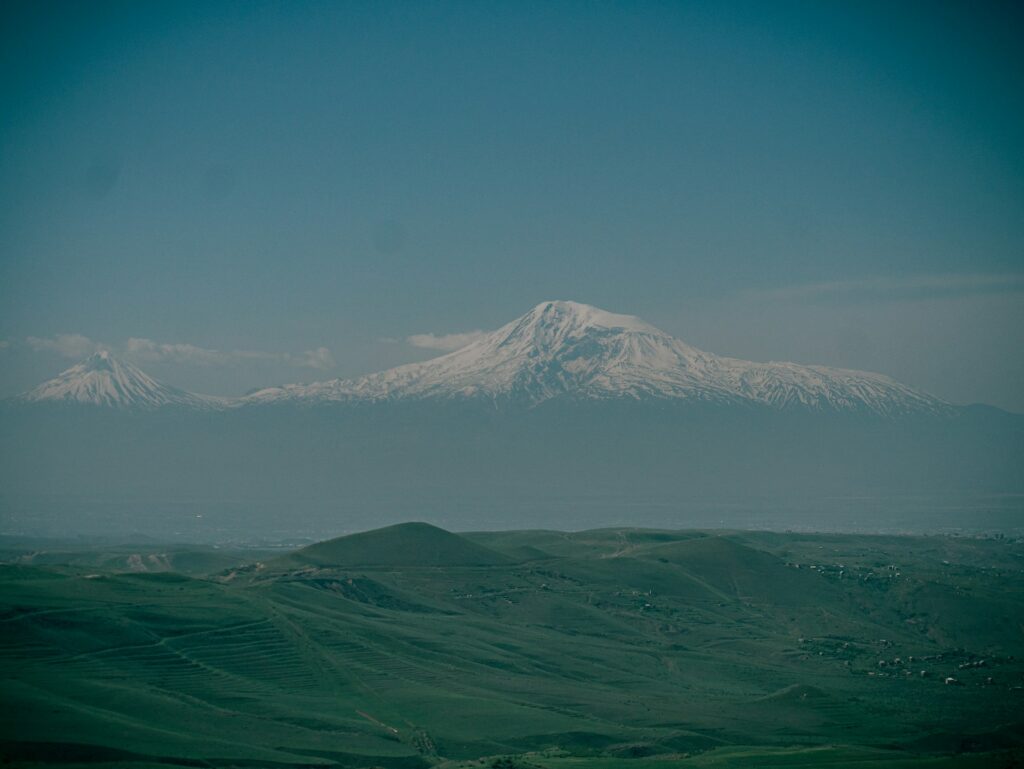
Chilean Andes: South America’s Powder Frontier
The Chilean Andes have quietly built a reputation for exceptional powder skiing during the northern summer. The central Chilean region around Santiago offers the most reliable conditions, with operations accessing terrain comparable to the European Alps but with substantially fewer skiers.
The terrain features steep volcanic peaks with distinctive features not found in other heli-skiing destinations. Perfectly concave cinder cones provide consistent pitch, while lava flows create natural half-pipes and terrain features. The snow tends toward lighter, drier powder than might be expected at these latitudes, owing to the region’s unique geography and weather patterns.
The season runs from July through September, with August typically providing the most reliable conditions. For northern hemisphere enthusiasts, this offers a valuable mid-year ski fix without the extreme travel distance required for New Zealand.
The Andes’ remarkably consistent weather patterns provide more reliable flying conditions than many competing destinations, with operations averaging more flyable days per week than their counterparts in maritime climates. The altitude requires some acclimatisation, but the terrain is accessible to strong intermediates comfortable in variable conditions.
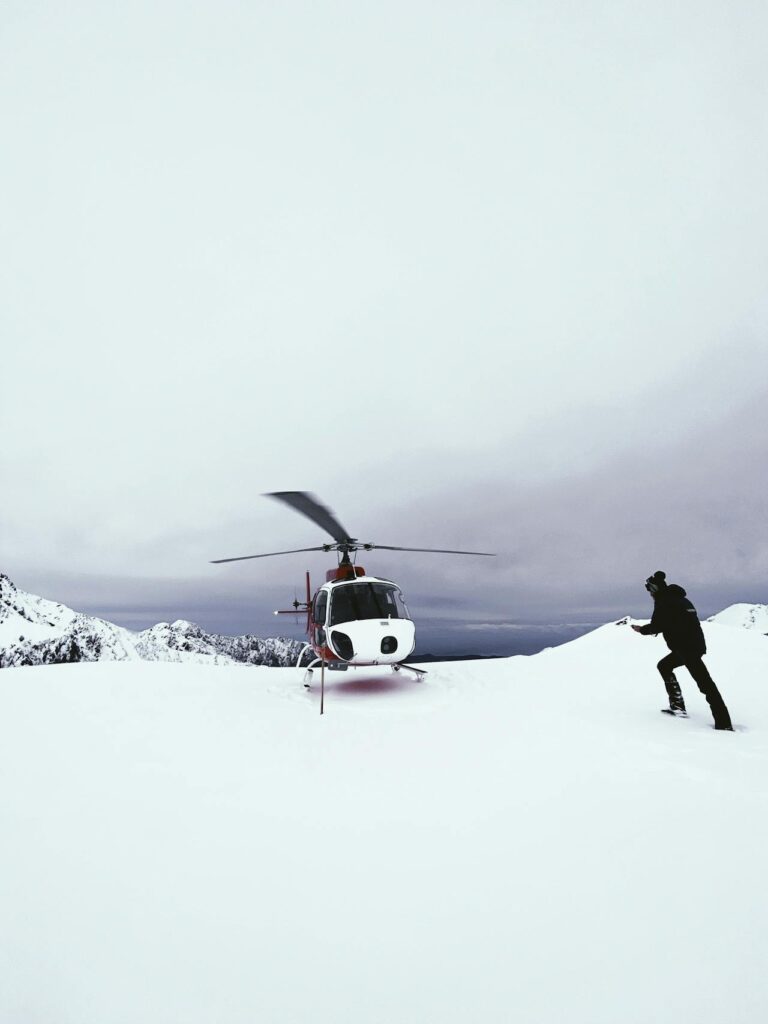
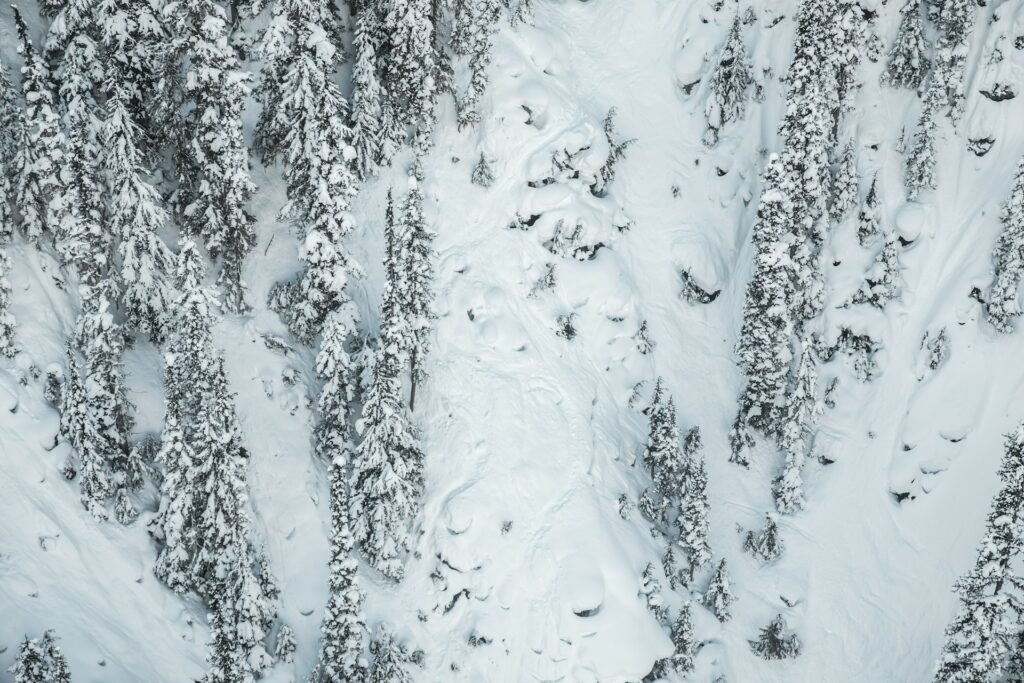
A Little Professional Guidance Goes A Long Way
For first-time heli-skiers, certain considerations prove universal across destinations. Beyond skiing ability—most operations require guests to confidently handle ungroomed black diamond terrain—physical stamina is equally important. The typical heli-skiing day involves 8-12 descents, each potentially longer than the longest runs at conventional resorts.
Insurance requirements are another crucial consideration, as standard travel policies rarely cover helicopter-accessed skiing. Specialist providers including Global Rescue and World Nomads offer appropriate coverage, which should be arranged well before departure.
Weather contingencies represent perhaps the most overlooked planning element. Even top operations might experience ‘down days’ when helicopters cannot fly due to visibility or wind constraints. Leading companies offer partial refunds for missed flight time, but understanding weather guarantee policies helps manage expectations.
Advance booking is essential, particularly for prime-season weeks at established operations, which often sell out 12-18 months ahead. Packages typically include accommodation, meals, guiding, safety equipment, and a guaranteed amount of helicopter flight time—usually measured in vertical metres skied rather than days or runs.
For those willing to venture beyond resort boundaries, heli-skiing delivers the essence of alpine adventure: untracked snow, dramatic landscapes, and the profound satisfaction of carving first tracks down pristine mountain faces. In a world of increasingly predictable travel experiences, it offers genuine discovery with each helicopter lift-off.



